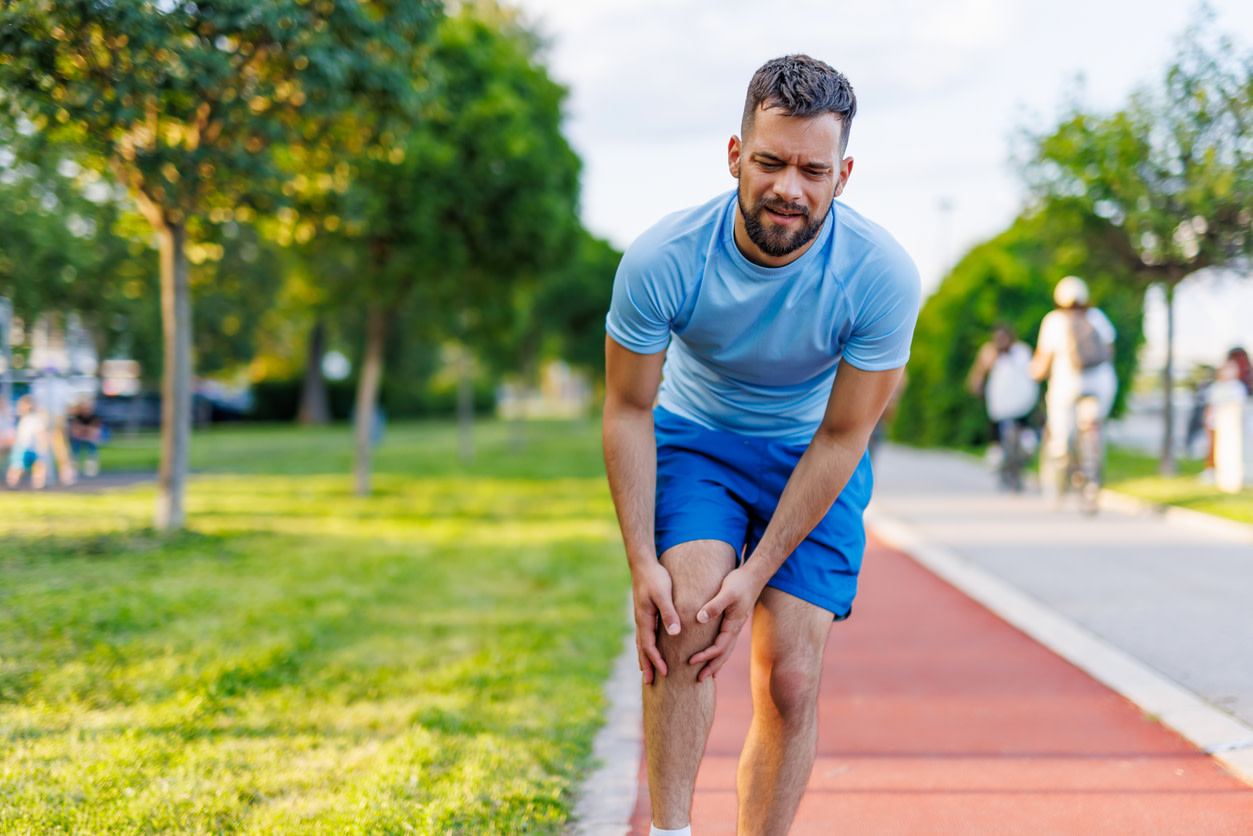How To Prevent Knee Pain When Running: Tips and Exercises
Learn how to prevent knee pain when running. Explore the causes, tips, and exercises recommended by physical therapists.
0 $ pour vous
Date de publication : Sep 17, 2024
Table des matières
Fully covered knee pain relief
Find relief from knee pain, knee locking, stiff knees, & more.
Check if I'm eligibleExercises to Prevent Knee Pain When Running
Want expert care? Check if you're covered for our free program →- Hip Thrust
- Banded Foot Side Steps
- Side Lying Hip Adduction
- Single Leg Squat
- Side Star Plank From Knees
